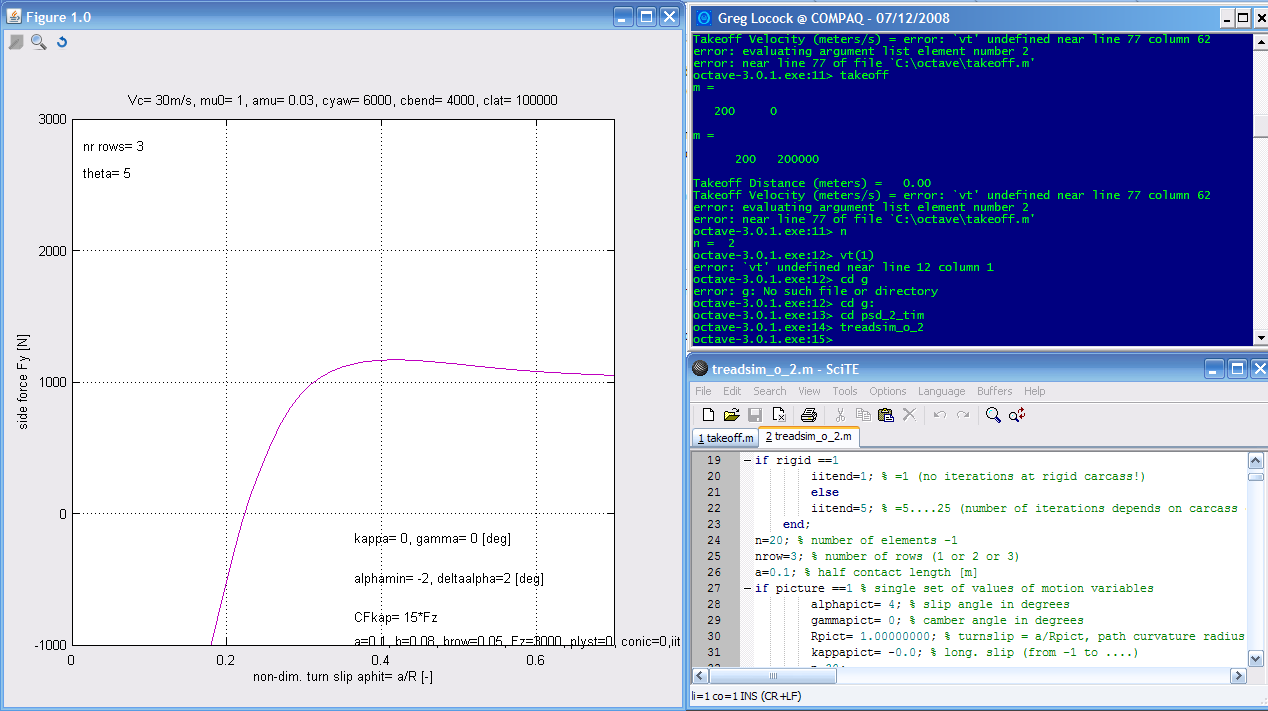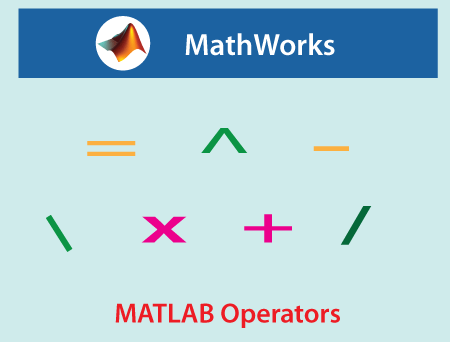

Tree_ternary_expression::dup (symbol_table *sym_tab) Return octave_value::ternary_op_as_string (etype) Tree_ternary_expression::oper (void) const ::error ("evaluating ternary operator `%s' near line %d, column %d", Tree_ternary_expression::eval_error (void) is this where the "interpreter" executes the real thing.Įlse if (a.is_defined () & op_lhs & op_rhs ) is rvalue the value of the actual expression? Tree_ternary_expression::rvalue (int nargout)Įrror ("ternary operator `%s': invalid number of output arguments", You should have received a copy of the GNU General Public LicenseĪlong with Octave see the file COPYING. Octave is distributed in the hope that it will be useful, but WITHOUTĪNY WARRANTY without even the implied warranty of MERCHANTABILITY orįITNESS FOR A PARTICULAR PURPOSE.
#Gnu octave operators software#
Under the terms of the GNU General Public License as published by theįree Software Foundation either version 3 of the License, or (at your
#Gnu octave operators free#
Octave is free software you can redistribute it and/or modify it Tree_ternary_expression (const tree_ternary_expression&) Tree_expression *dup (symbol_table *sym_tab)
#Gnu octave operators code#
Next the real token returning rule section of the lexer has the matching code Then we have a macro defined on lines of BIN_OP_RETURN(), as TERN_OP_RETURN(). I added the '?' token, as QUESTION_TERNOP, to the lex.l lexer file. This was serious, until I noticed an empty statement rule in the parser that fixed the ternary operator worked well! The details are minor functions in the spirit of the rest of the evaluator.Īfter compiling the whole thing, it worked but my parser rules were a little off, and the parse errors were not reported. Finally, I had to put in place the parse-tree class for ternary oeprator, and fill in Octave specific details. I had to add a few lines to the lexer tokens, and a single rule for the parser.
+Can+also+add+limit+index+range..jpg)
This was quite experimental, but not very difficult to do. The '?' operator, has a grammar that evaluates to an expression The well known C-language '?' operator, is what I wanted to build into Octave. Read this article on how matrix multiplication works, and you can backtrack and figure out what is going on under the hood of a matrix division.Like in the earlier blog post, I tried building a ternary operator into Octave. So now you can convert the division into an equivalent multiplication. I've been normalizing your vectors by hand, if you want octave to do them you can add packages to do so, I think the following package will do what I've been doing with the vector normalization: To understand what Octave matrix division does when you pass it a square matrix you need to understand what the inverse function is doing. So now you have a general idea of what Octave is doing when you don't supply it a square matrix. What if one of the elements are negative. The '2' comes from the length of the vector, the 1 comes from the supplied vector. Notice above, like the instructions said, we are taking the norm of the vector. One divided by a matrix with a single value three is 0.33333: 1/ One divided by a matrix with a single value one is one: 1/ What that means is that these two should be the same: /įirst, understand that Octave matrix division is not commutative, just like matrix Multiplication is not commutative. Singular, a minimum norm solution is computed. If the system is not square, or if the coefficient matrix is This is conceptually equivalent to the expressionīut it is computed without forming the inverse of y'.

See the following Octave session for illustration: octave:18> pinv()Įrror: operator /: nonconformant arguments (op1 is 1x1, op2 is 1x2)Įrror: operator /: nonconformant arguments (op1 is 2x2, op2 is 2x1)Ī formal description of Octave Matrix Division from here So it's ok if y is a row vector, so long as x is compatible. The vector y needs to be compatible with x so that x * pinv(y) is well-defined. The trickiness happens when y is a column vector, in which case the inv(y) is undefined, so pinv(y), the psuedoinverse of y, is used. Conceptually the / operator is trying to return x∗y−1 (or x * inv(y) in Octave-speak), as in the following example: octave:1> eye(2)/ The gist of the idea is that x / y is defined quite generally so that it can deal with matrices. This is a answer i got from Alan Boulton at the coursera machine learning course discussion forum:


 0 kommentar(er)
0 kommentar(er)
